Dinner
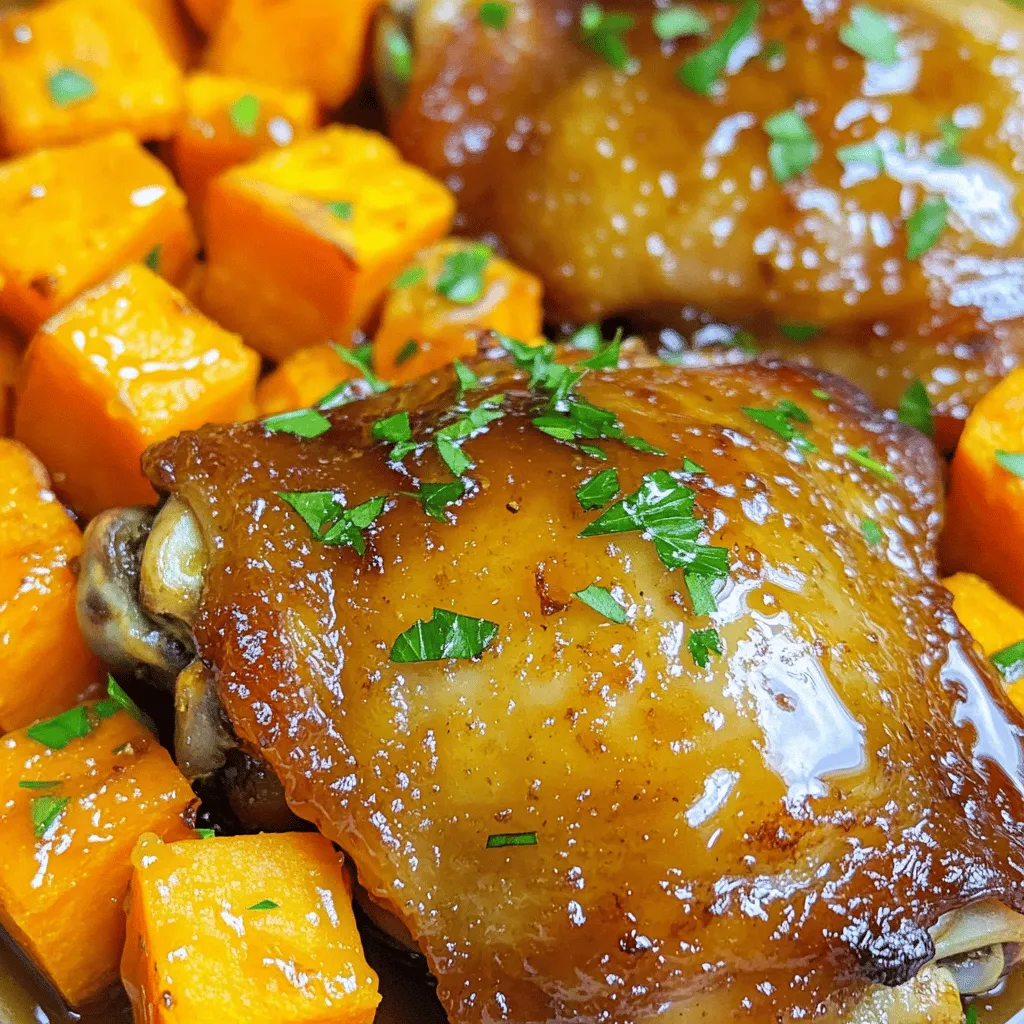
Honey Garlic Chicken & Sweet Potatoes Sheet Pan Delight
Looking for a simple, tasty dinner? You’ve found it! In this blog, I’ll show you how to make Honey Garlic Chicken and Sweet Potatoes on
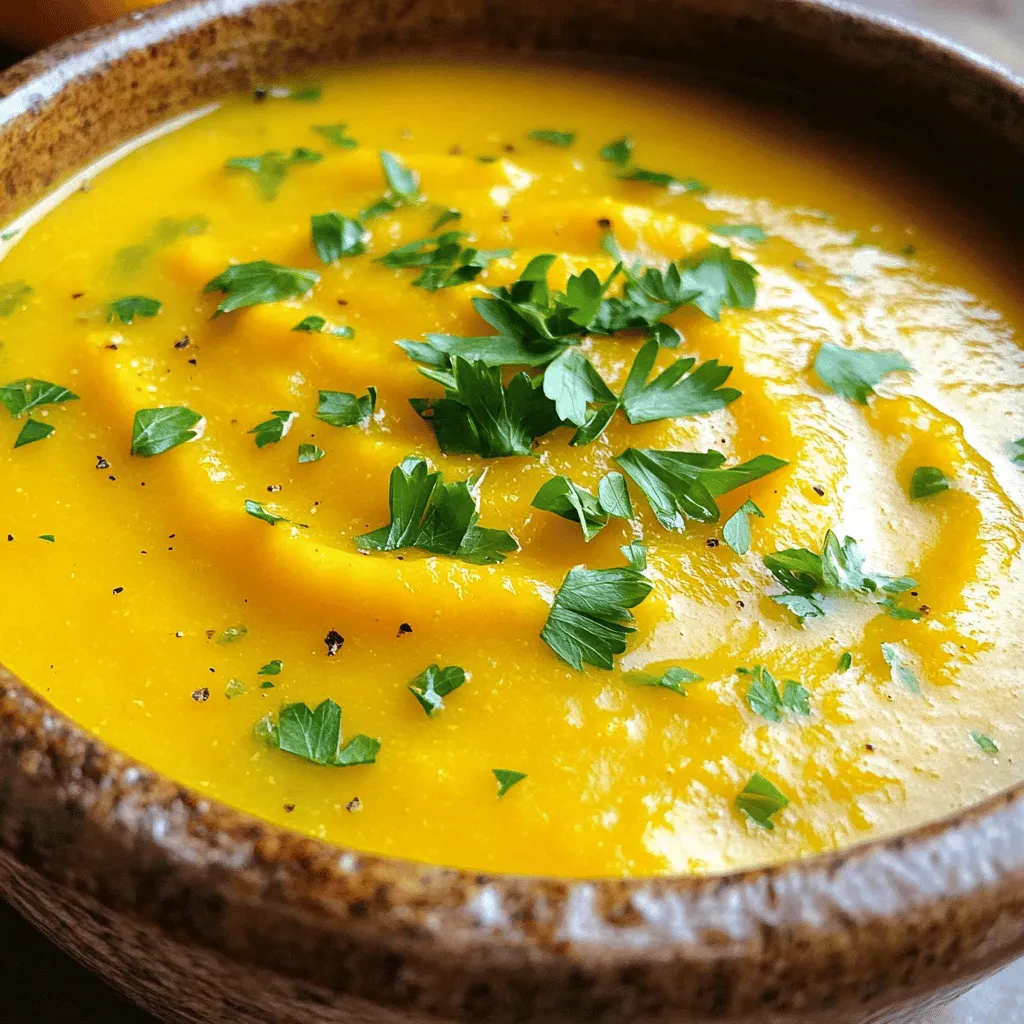
Slow Cooker Butternut Squash Soup Rich and Creamy Delight
If you crave a bowl of warm, creamy comfort, you’ve found it! My Slow Cooker Butternut Squash Soup is rich and full of flavor. This
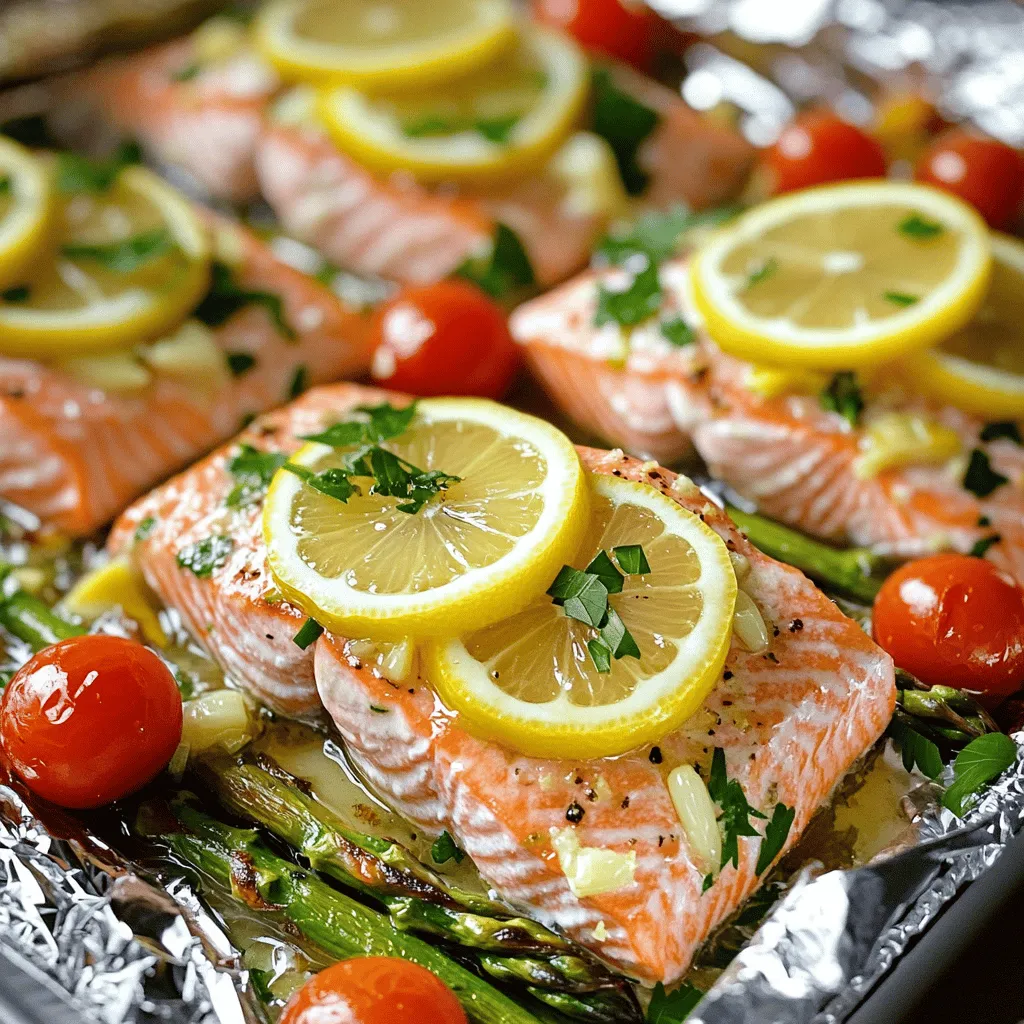
Lemon Garlic Butter Salmon Foil Packs Quick and Easy Dish
Looking for a quick and easy dinner idea? Try these Lemon Garlic Butter Salmon Foil Packs! They are simple to make, packed with flavor, and
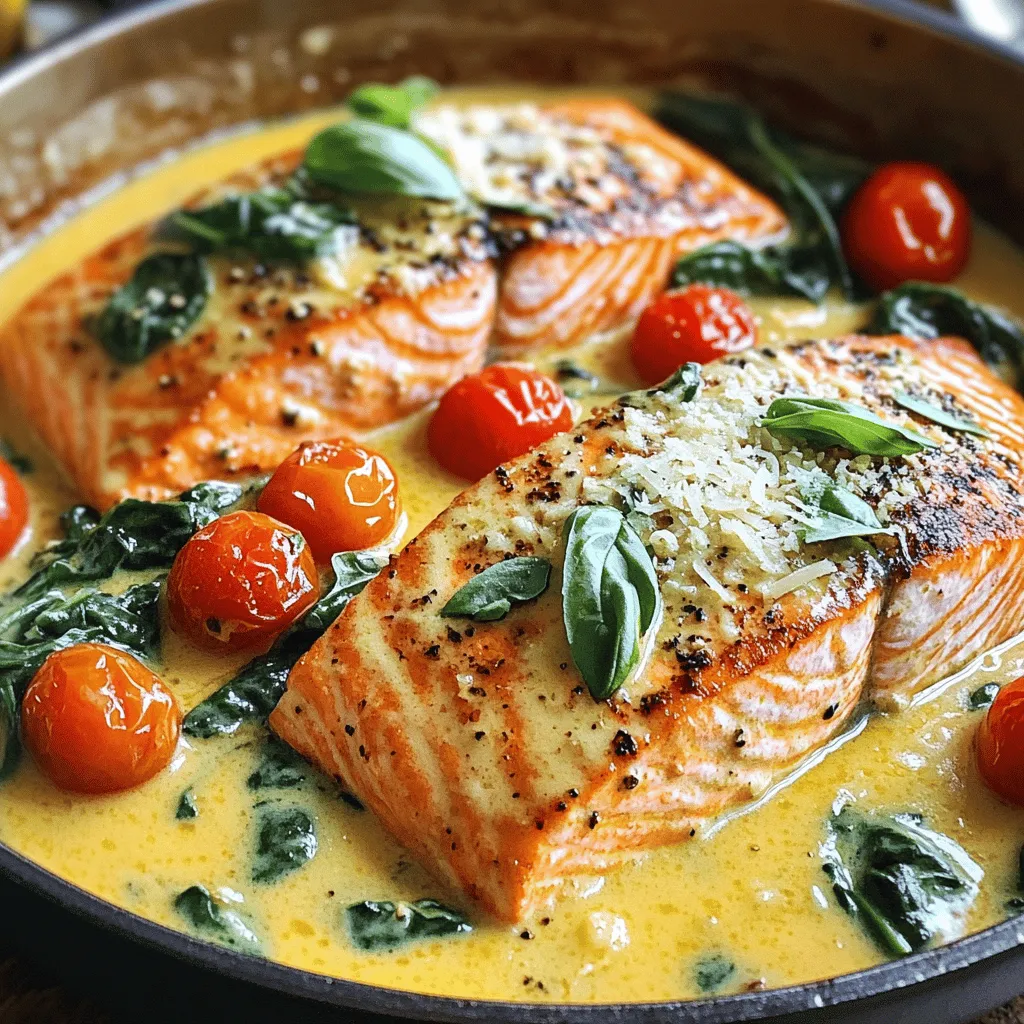
Creamy Tuscan Salmon Rich and Flavorful Dish
If you’re craving a meal that impresses, you’ll love this Creamy Tuscan Salmon. This dish blends rich flavors, fresh veggies, and tender salmon into a
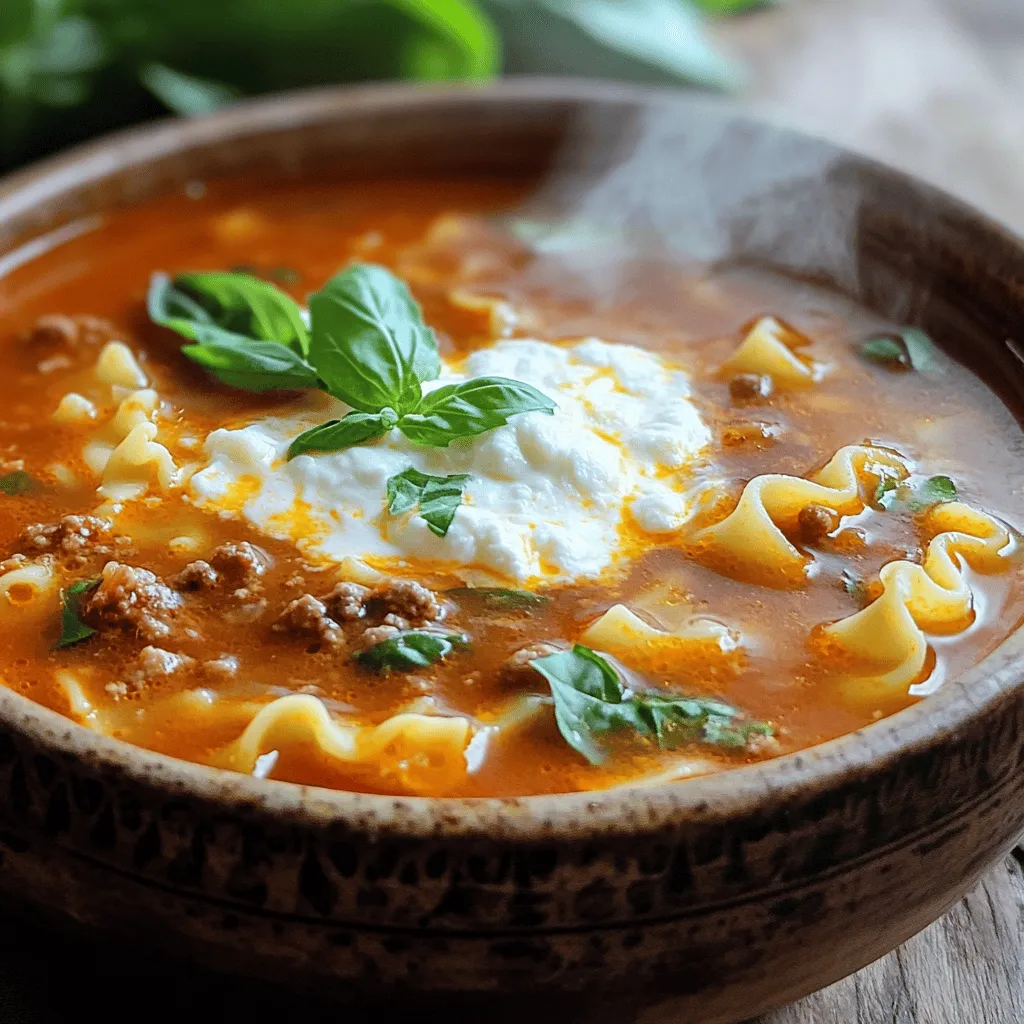
Cozy Lasagna Soup Tasty and Simple Comfort Dish
Cold nights call for warm meals, and nothing is cozier than Lasagna Soup. This dish is a mix of savory flavors and creamy cheese that
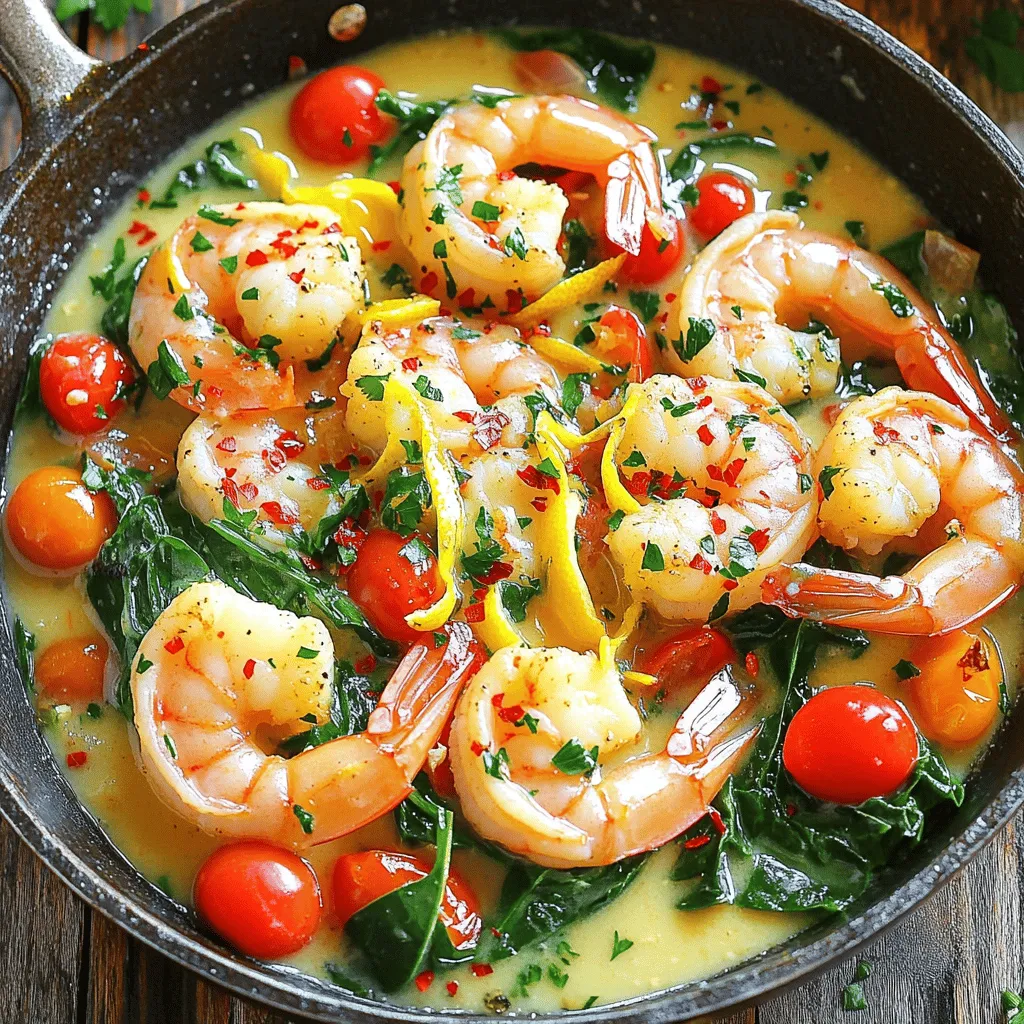
Lemon Garlic Butter Shrimp Skillet Quick and Easy Meal
If you’re craving a dish that’s quick, tasty, and easy to make, look no further! My Lemon Garlic Butter Shrimp Skillet is your new go-to
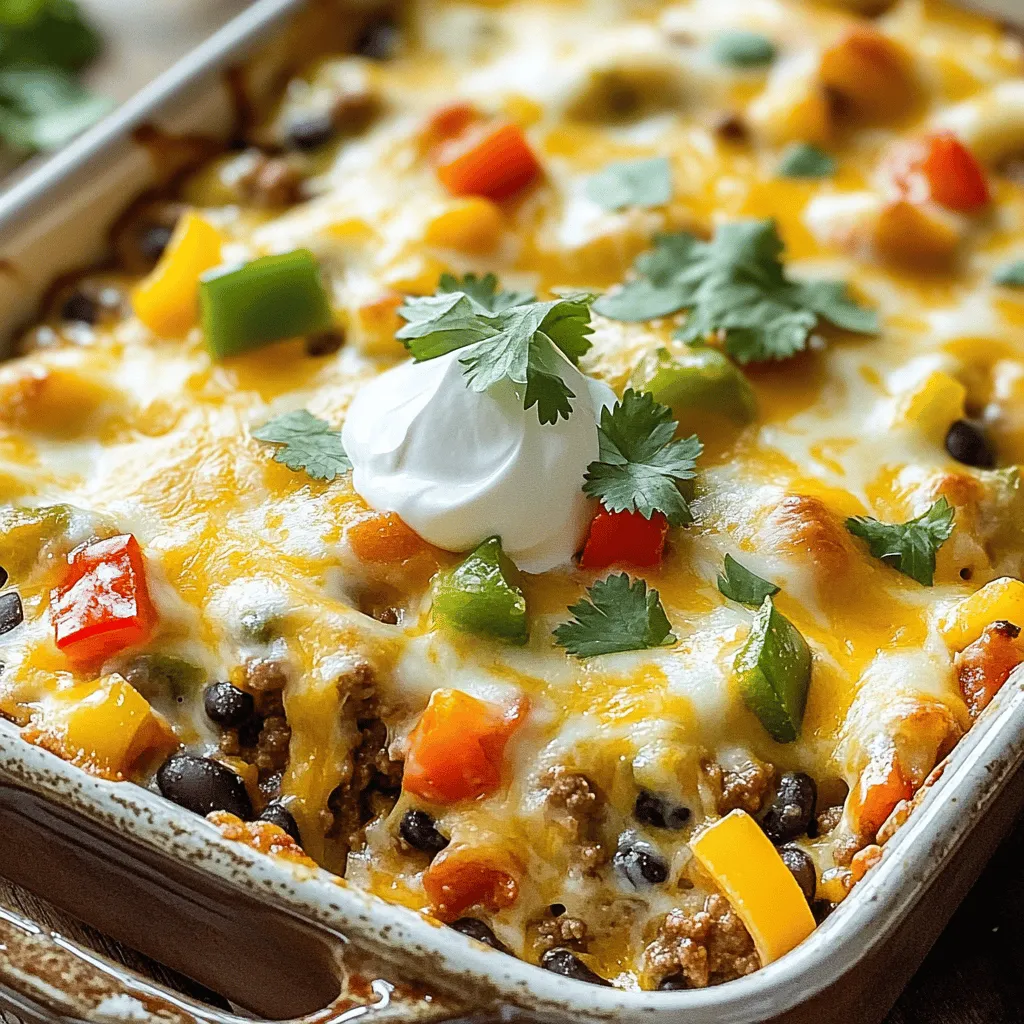
Cheesy Hobo Ground Beef Casserole Flavorful Deal
Are you ready to whip up a comforting meal that’s easy and delicious? Meet the Cheesy Hobo Ground Beef Casserole—a dish that delivers big flavors
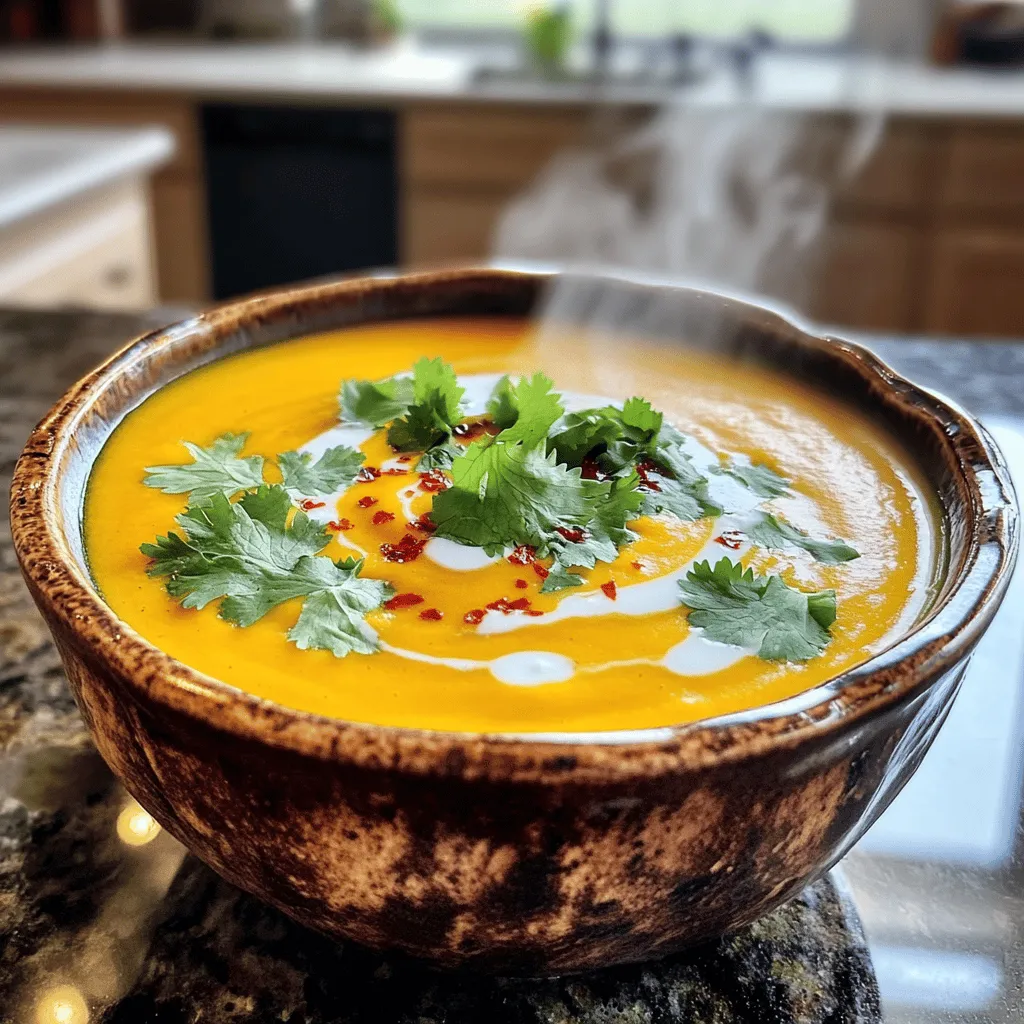
Spicy Butternut Sweet Potato Soup Hearty and Healthy
Looking for a warm, comforting dish that packs a healthy punch? Welcome to my spicy butternut sweet potato soup recipe! This hearty soup balances rich
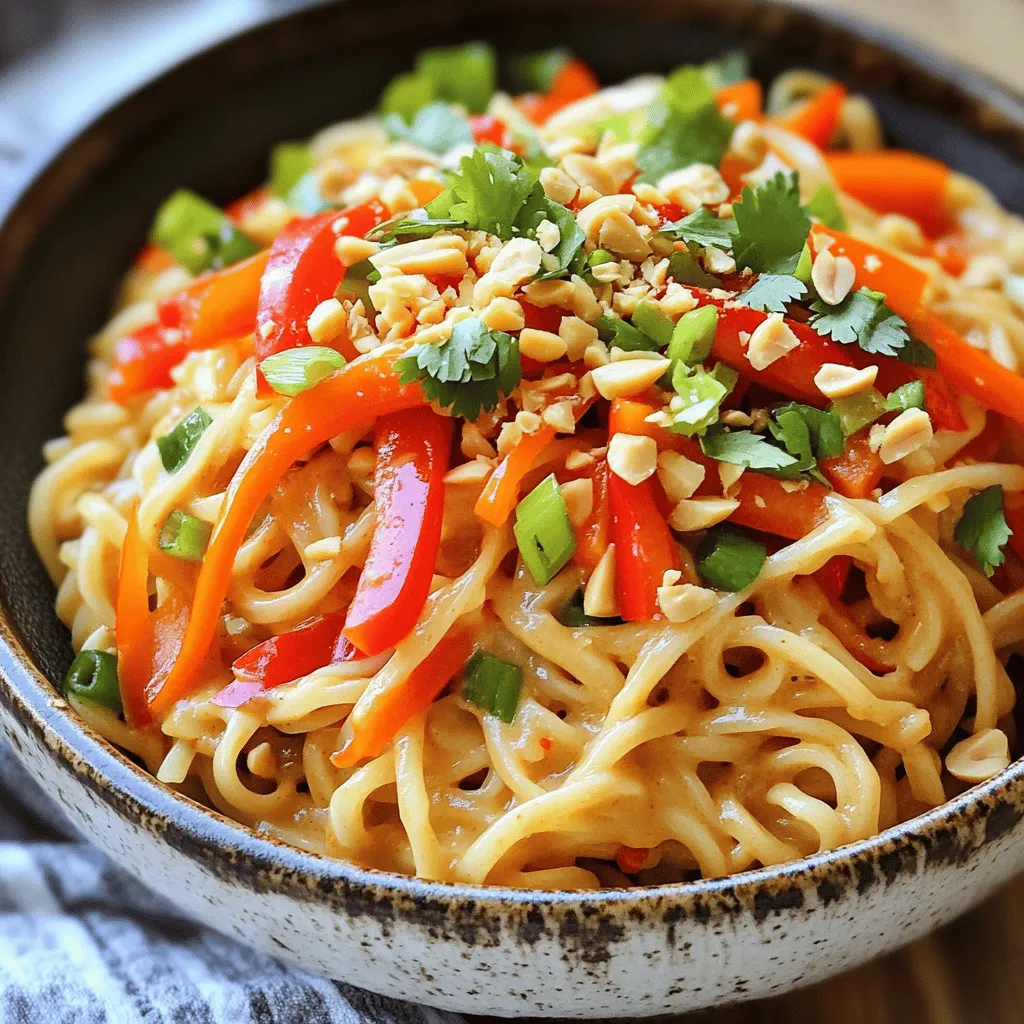
Spicy Thai Peanut Noodles Flavorful and Easy Recipe
If you’re craving bold flavors and a quick meal, you’re in the right place! My Spicy Thai Peanut Noodles recipe is not only delicious but
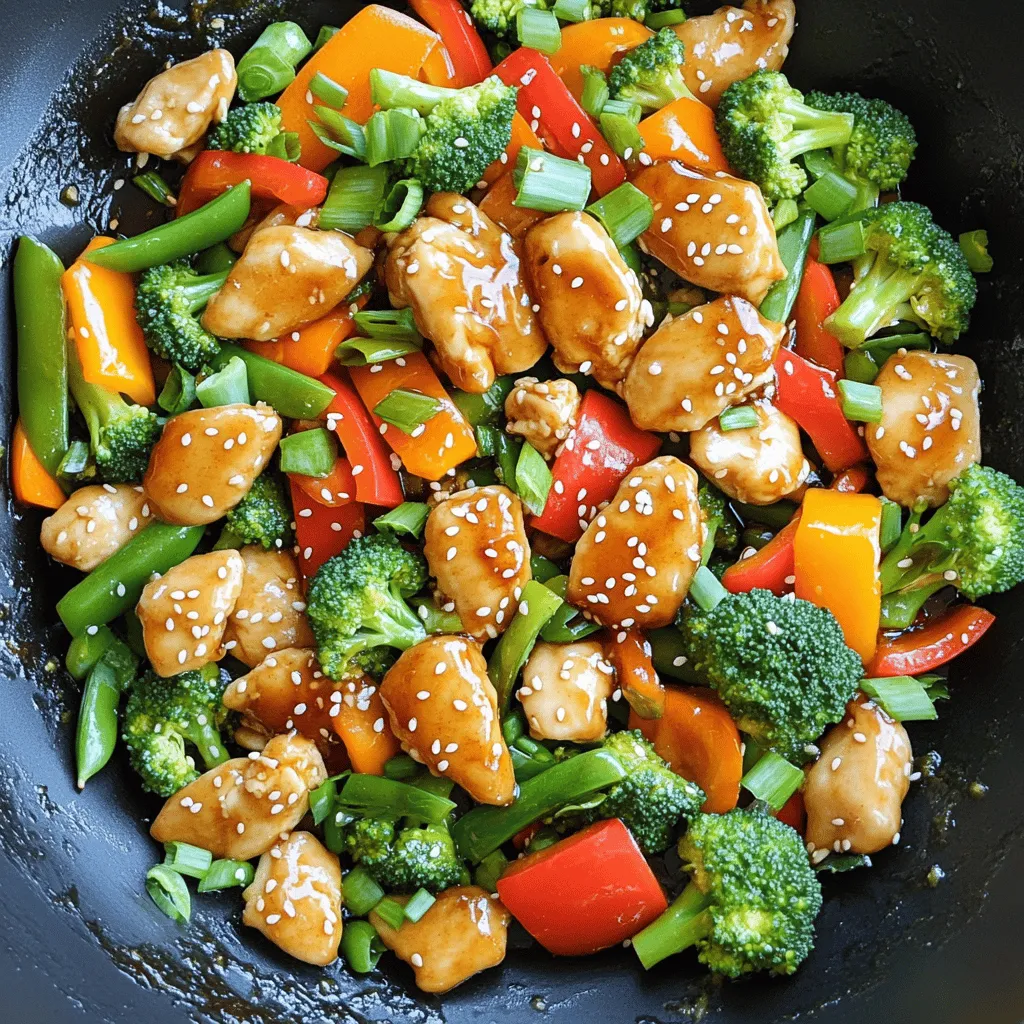
Quick Teriyaki Chicken Stir Fry Bold and Flavorful Meal
Are you ready to whip up a meal that packs a punch? This Quick Teriyaki Chicken Stir Fry is your answer for a satisfying, bold